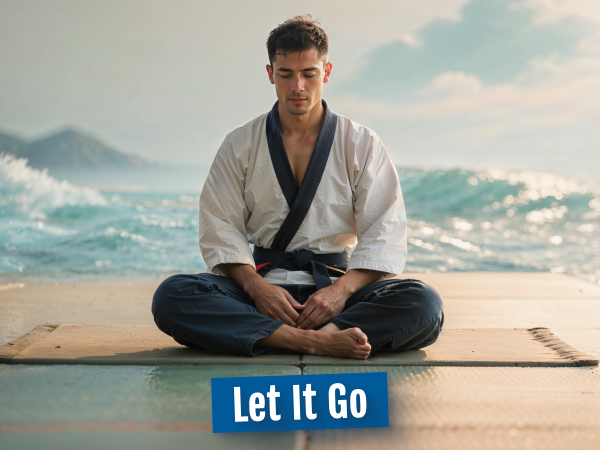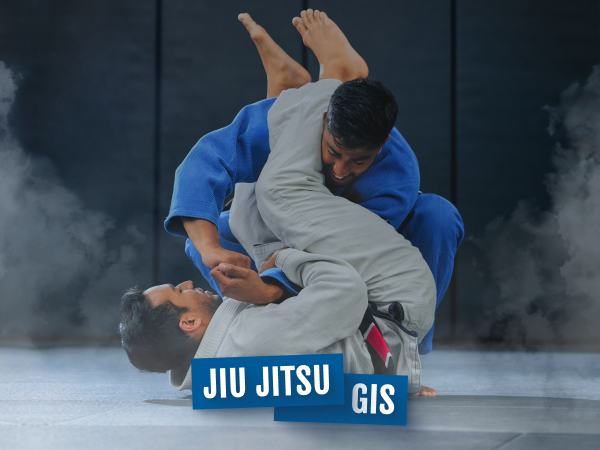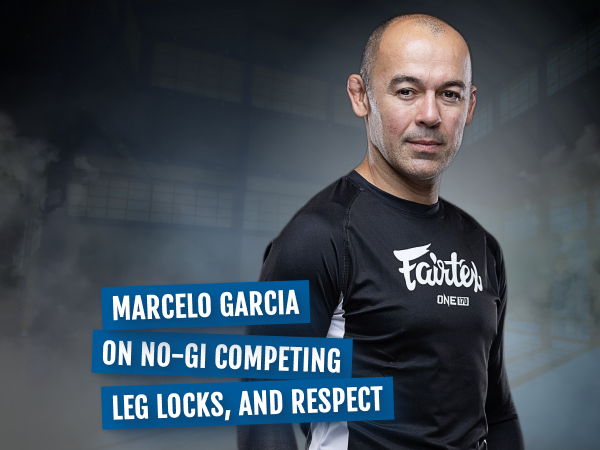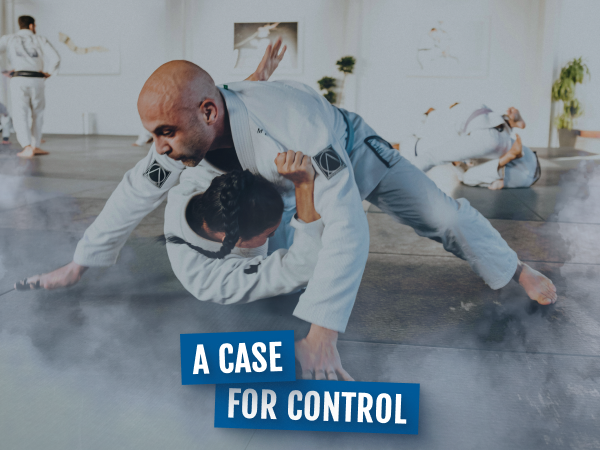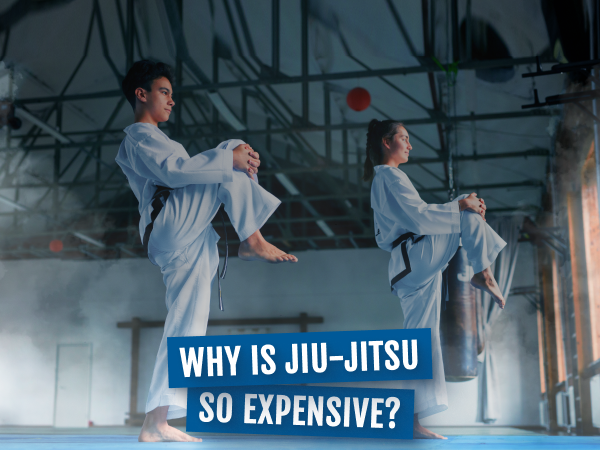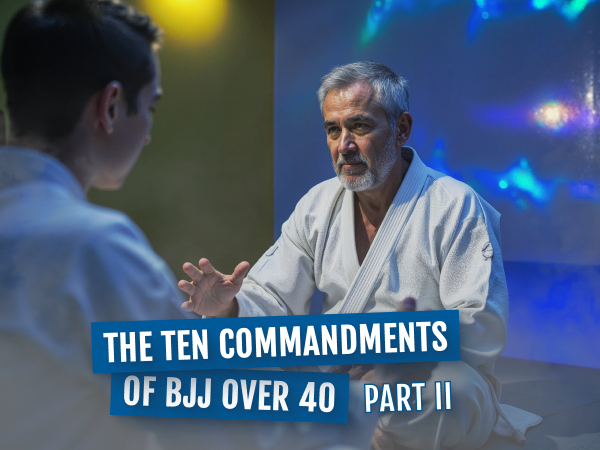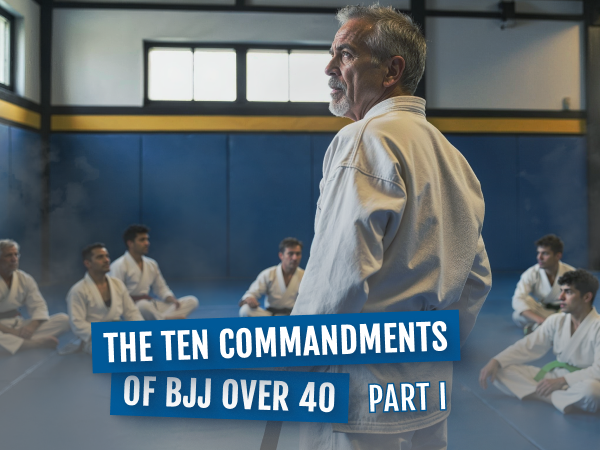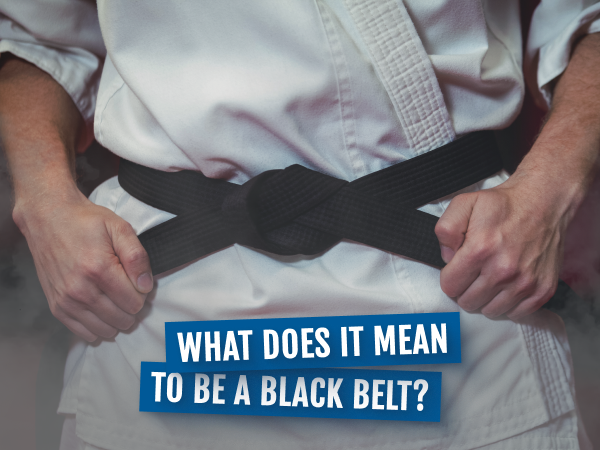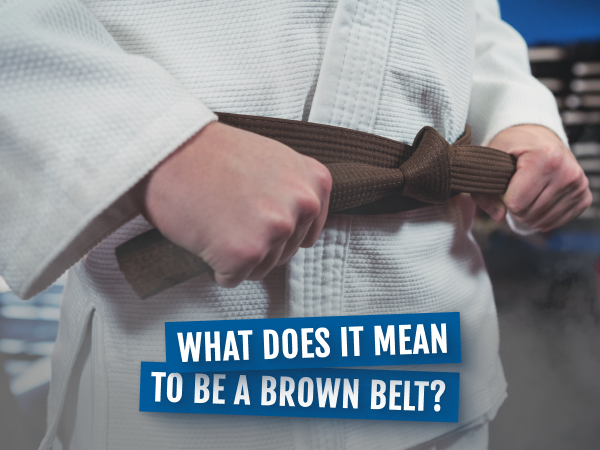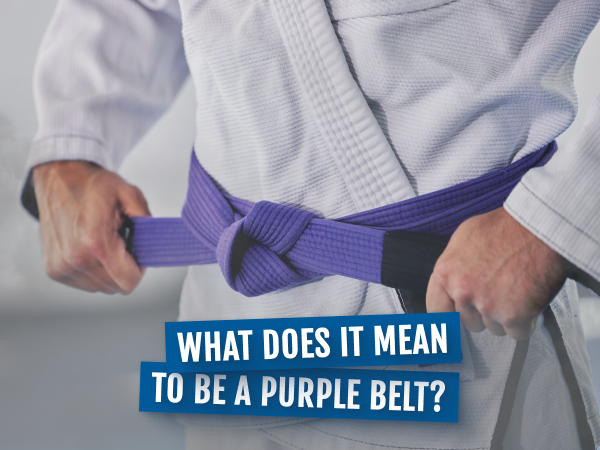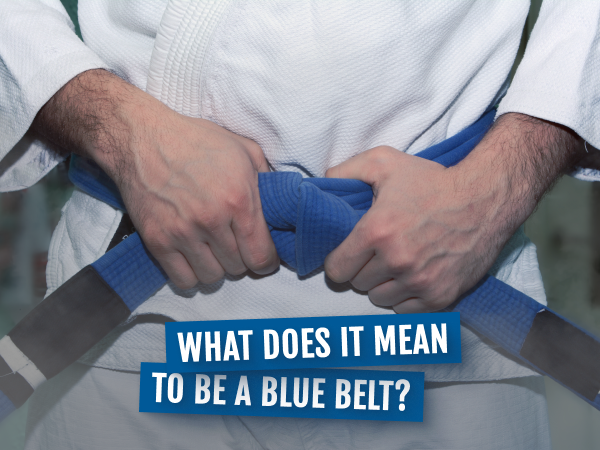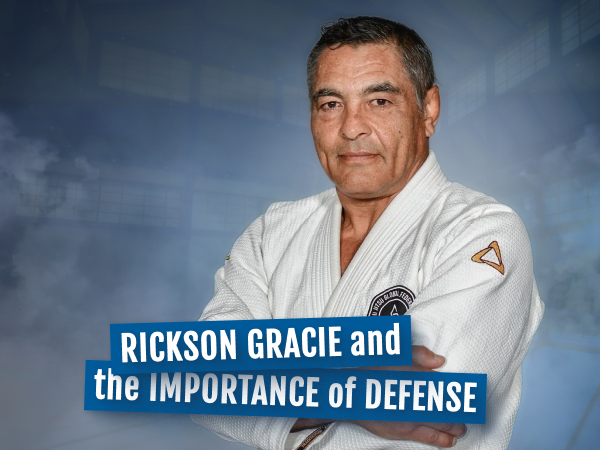Mastery: The Infinite Game
Simon Sinek recently interviewed Mike Gervais for his A Bit of Optimism podcast. Mike is a psychologist who has worked extensively with wealthy individuals and high-performance athletes that include Olympians and the Seattle Seahawks organization.
Developing a Mindset for Fun
If you ask ten people why they train jiu-jitsu, you’ll likely get ten different answers. They may do it to stay in shape or for self-defense. Others may say that it makes them more confident or it’s a mental reset from the day’s drudgery. Still other people simply love the camaraderie and have a strong friend group at their gym.
Let It Go
The first day of jiu-jitsu class is probably the hardest. It’s not because you’re going to train the hardest and it’s certainly not because you’re going to get hit the hardest. It’s because you will have to walk into a new gym where you may not know anyone and you will have to be absolutely terrible at something. More than that, you will have to be terrible in front of all those people.
Jiu Jitsu Gis
The Brazilian jiu-jitsu gi is a training uniform that was adapted from the keikogi, which loosely translates to “practice clothes.” According to an article on the history of Keikogi, “Keiko” stands for ‘practice’ and “gi” represents ‘clothes’ (Gatling, 2021). Therefore, the Brazilian jiu-jitsu gi describes the dress, clothes or uniform used in Brazilian jiu-jitsu (BJJ).
Marcelo Garcia on No-Gi Competing, Leg Locks, and Respect
BJJ legend Marcelo Garcia shares his philosophy after his recent comeback. He discusses his unique no-gi strategy, his cautious approach to leg locks, and why respect is a core value in modern jiu-jitsu, with or without the gi.
A Case for Control
Discover how jiu-jitsu empowers smaller individuals to control larger opponents for self-defense. Unlike striking, jiu-jitsu emphasizes grappling techniques that neutralize size and strength, focusing on survival and denying the opponent's control. Learn why it's a popular choice for self-preservation.
Why Is Jiu-Jitsu So Expensive?
Why can learning jiu-jitsu be pricey? We break down the costs associated with BJJ academies, from the reputation of the instructors and the gym's location to the benefits of smaller classes and personalized guidance. Get insight into the true value of your membership.
The Ten Commandments of BJJ Over 40 – Part II
This article continues the Ten Commandments of BJJ Over 40, offering smart training advice for older grapplers. Learn how to warm up properly, breathe efficiently, roll safely, tap early, and prioritize recovery to train longer and stay injury-free.
The Ten Commandments of BJJ Over 40 – Part I
This article explores the first five of Rick Ellis’ “Ten Commandments of BJJ Over 40,” offering practical advice for older Brazilian Jiu-Jitsu practitioners. It covers mindset shifts, training modifications, injury prevention, and smart approaches to mobility and hydration for sustainable long-term progress on the mats.
What Does It Mean to Be a Black Belt?
A black belt in jiu-jitsu represents much more than technical mastery—it embodies years of dedication, resilience, and personal growth. This article explores the deeper meaning behind earning a black belt, from developing grit and body awareness to refining efficiency and embracing the responsibility of leadership within the gym. Discover what it truly means to achieve this level of expertise.
What Does It Mean to Be a Brown Belt?
The brown belt in Brazilian Jiu-Jitsu marks a transition toward mastery. This article explores what it means to be a brown belt — from applying pressure in all positions to closing gaps in your game. Learn how advanced practitioners develop balance, control, and a relentless, well-rounded style of jiu-jitsu.
What Does It Mean to Be a Purple Belt?
The journey from blue belt to purple belt in jiu-jitsu marks a shift from basic techniques to deeper mastery. Often called the “mini black belt,” the purple belt level requires strategic thinking, efficiency, and a refined understanding of fundamentals. This article explores the key skills, mindset shifts, and tactical improvements needed to progress in Brazilian jiu-jitsu.
What Does It Mean to Be a Blue Belt?
Earning a blue belt in Brazilian Jiu-Jitsu is a major milestone that requires dedication, skill, and perseverance. This article explores what it takes to progress from a white belt, key techniques to master, and how long it typically takes. Learn about essential escapes, control strategies, and the mindset needed to improve your BJJ game and advance to the next level.
Getting to Know the Belts
The article explores the jiu-jitsu belt system, detailing the progression from white to black belt. Rick Ellis of The Art of Skill breaks down the key techniques, mindset shifts, and strategic improvements required at each level. From the fundamentals of white belt to the refinement of black belt, this guide highlights what students need to focus on to advance in their jiu-jitsu journey.
Rickson Gracie and the Importance of Defense
Rickson Gracie’s legendary defense set him apart as one of the greatest figures in Brazilian Jiu-Jitsu. Fighters describe his ability to escape and dominate even from disadvantageous positions. His defensive mastery wasn’t just about survival—it was a strategic tool for breaking opponents mentally and physically. This article explores how Rickson’s defensive game fueled his confidence, exposed weaknesses in his opponents, and made him nearly unbeatable on the mat.



